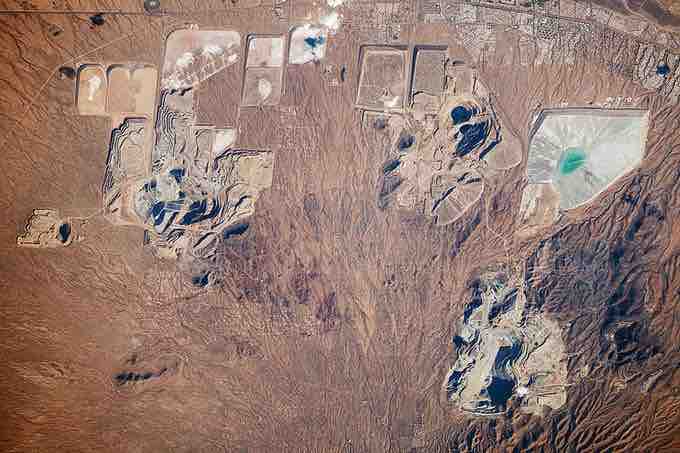Accounting for Natural Reserves
Natural reserves supplied by nature, such as ore deposits, mineral deposits, oil reserves, gas deposits, and timber stands, are natural resources or wasting assets. Natural resources represent inventories of raw materials that are consumed (exhausted) through extraction or removal from their natural setting (e.g. removing oil from the ground). On the balance sheet, natural resources are part of non-current assets and classified as separate groups, such as oil reserves .

Recoverable copper reserves include the amount of the current copper deposits present.
The amount of recoverable reserves are used to compute an asset's depletion.
The Recovery of Natural Reserves
Businesses that are involved in the recovery of natural resources, such as mining, growing timber, and extracting petroleum will incur costs related to the resource recovery. The natural reserves recovered involve several costs related to acquisition, exploration, development, and restoration of the natural resources. These costs are reported on the balance sheet and assigned to the asset in question, such as "timber stands" or "oil reserves. " They are reported at their total cost, less accumulated depletion.
The Effect of Depletion
As these natural resources are used throughout the course of business, their value will be reduced by periodic depletion. Depletion expense allows a business to account for the reduction in value of natural reserves. Similar to depreciation, depletion reflects the use and reduction of value of an asset over the course of time. Two methods are available to calculate depletion: the cost and percentage method. Cost depletion is the most commonly used by oil and gas companies. The depletion amount can also vary when calculating it for financial reporting and tax purposes, so it can have a different effect on the accounting period's income and income tax expense.